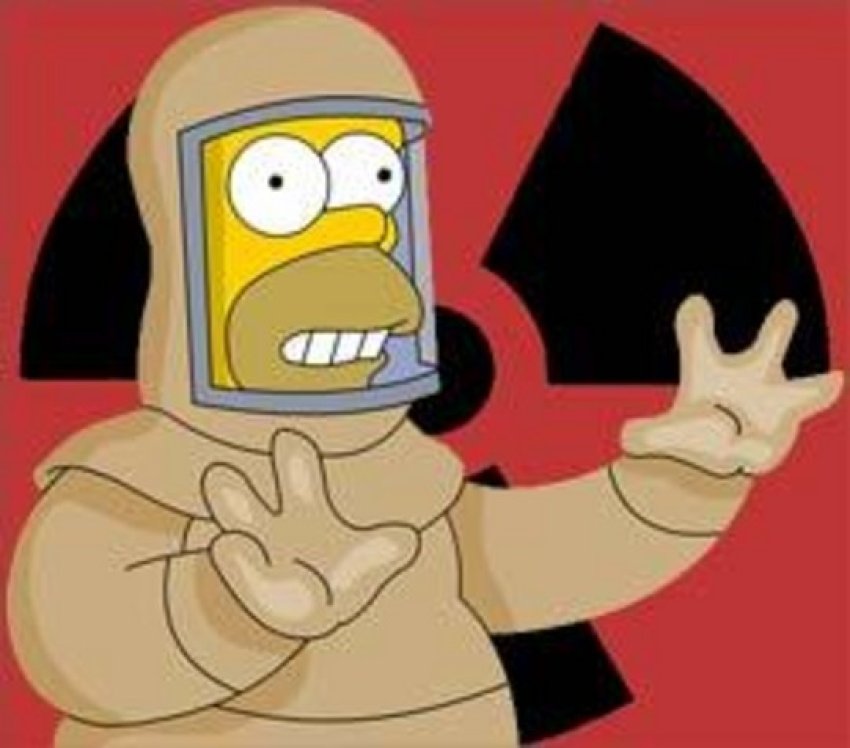
What's the best mix of electricity supply sources for Australia in the context of growing scientific and public concern about climate change?
Energy efficiency and conservation provide the first part of the answer — they can provide large, quick, cheap greenhouse emissions reductions. Many studies envisage energy efficiency and conservation doing much of the “heavy lifting” to reduce greenhouse emissions.
For example, a 2007 Australian Bureau of Agricultural and Resource Economics study estimated energy efficiency would account for 55% of Australia's greenhouse emissions cuts, and 58% of global emissions cuts, by 2050.
We can curb the growth in electricity demand through energy efficiency and conservation, but we also need a major restructure of the electricity sector. One relevant study was written by Hugh Saddler, Richard Denniss and Mark Diesendorf in 2004. Their “Clean Energy Future Group” (CEFG) study maps out a restructure of the Australian electricity sector to the year 2040.
It makes virtually no allowance for technical innovation and it makes no allowance for cost reductions for renewable energy sources, either through innovation or mass production. One practical consequence is that the role of solar electricity is limited in the CEFG plan because of its cost.
Even with those constraints, the CEFG maps out a credible plan that would cut greenhouse emissions from the electricity sector by 78% by 2040 compared to 2001. The electricity supply plan comprises solar 5%, hydro 7%, coal and petroleum 10%, wind 20%, bioenergy 28%, and natural gas 30%.
What's not to like about the CEFG plan? The main concerns are bioenergy and gas. In the CEFG plan, a large majority of the bioenergy comes from crop wastes. This addresses one of the major global problems with bioenergy − competition for productive land, and flow-on effects such as increased food prices.
There are other concerns with bioenergy that would need to be carefully considered, not least whether it delivers the claimed reductions in greenhouse emissions.
Gas, a finite resource, could replace coal-fired plants for no more than a period of several decades. Emissions from gas-fired plants are about half those from coal fired plants, but about 10 times greater than emissions from nuclear power and most renewables.
If we were to accept the basic outline of the CEFG plan, we'd need to phase out the use of gas over a period of several decades. The most promising candidates are solar thermal power with storage (e.g. in molten salts) and geothermal “hot rocks”.
Solar with storage is about twice as expensive as other low carbon electricity sources (and four times as expensive as coal). It will certainly become cheaper, but we don't know how much cheaper.
For geothermal hot rocks, a great deal of exploration and development is underway in Australia, but we've yet to see large-scale geothermal electricity generation.
CSIRO scientist Dr John Wright has proposed a plan in which renewables generate over three-quarters of Australia's electricity by 2050: wind and geothermal both produce 19% of electricity demand, solar thermal 18%, solar photovoltaics 13%, bioenergy 5%, and hydro continues to provide a small percentage.
Siemens Ltd., a company with extensive involvement in the energy sector, has mapped out an energy plan for Australia in which the contribution of fossil fuels to electricity generation falls from 93% to around 10% by mid-century, with the remainder generated by a mix of renewables consisting mainly of solar (35%), wind (18%), and geothermal (17%).
Australian engineer Peter Seligman has proposed an energy supply system for Australia based largely on geothermal, wind and solar power. To ensure reliable electricity supply, Dr Seligman proposes the construction of a large 'pumped hydro' energy storage system. When electricity is in short supply (e.g. calm, cloudy days), water from a very large dam is run downhill through turbines to generate electricity. At other times, water is pumped up hill to replenish the dam.
In a 2010 paper, Diesendorf writes: "Some sustainable energy sources and measures are at least as reliable as coal power. These include demand reduction by means of energy efficiency, energy conservation and solar hot water, and renewable electricity supply by hydro with large dams, bioenergy, solar thermal power with thermal storage and geothermal power.
“They can all be used to reduce the demand for baseload coal without reducing the reliability of the generating system.”
Some other clean energy plans for Australia are those by Greenpeace and Beyond Zero Emissions.
More information:
Beyond Zero Emissions, 2010, “Zero Carbon Australia Stationary Energy Plan”, www.beyondzeroemissions.org
Diesendorf, Mark, 2010, 'Sustainable Energy Policy for Australia', www.energyscience.org.au/factsheets.html
Diesendorf, Mark, 2010, “Comparing the economics of nuclear and renewable sources of electricity”, Solar 2010 conference, Canberra, Australia, 1-3 December, www.ies.unsw.edu.au/staff/mark.html
Greenpeace, 2010, “A blueprint for a renewable energy future”, www.greenpeace.org.au/climate/GI-ER-Report2010.php
Saddler, Hugh; Diesendorf, Mark; Denniss, Richard; 2004, “A Clean Energy Future for Australia”, a study by Energy Strategies for the Clean Energy Future Group, www.wwf.org.au/publications/clean_energy_future_report
Seligman, Peter, 2010, “Australian Sustainable Energy — by the numbers”, www.energy.unimelb.edu.au/ozsebtn
Siemens Ltd, 2010, “Picture the Future: Australia — Energy and Water”, www.aunz.siemens.com/PicFuture/Pages/Downloads.aspx
Wright, John, 2009, “Australia's renewable energy future: The contribution of renewables in Australia's future energy mix, AAS Public Lecture Series”, www.science.org.au/events/publiclectures/re/wright.html